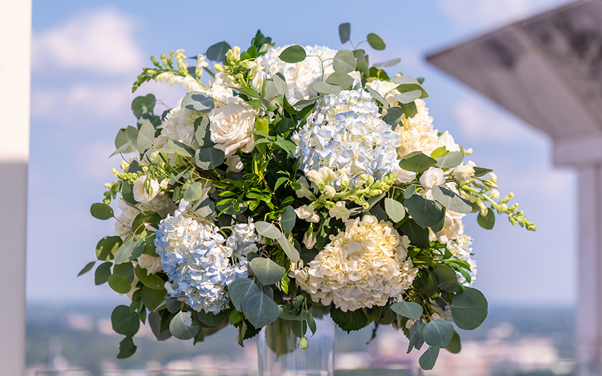When it comes to saying goodbye, white flowers never go out of style. Their simplicity holds weight. They speak without shouting. And in funerals, they do a lot of the emotional heavy lifting. Whether arranged as a bouquet, spray, or wreath, white funeral flowers have become a universal choice across cultures. They carry meaning without fuss and create a respectful setting that doesn’t steal the show. It’s no wonder they continue to be the top pick for services handled by any thoughtful flower shop.
The Meaning Behind the Colour
White is tied to purity, peace, and remembrance. That’s why it shows up in most traditions, regardless of culture or religion. It sets a tone that is respectful and gentle, even when grief runs deep. Unlike bright colours, which can feel out of place, white holds the moment with quiet dignity.
This is why many families ask their flower shop for white arrangements. Whether it’s a wreath, a spray, or a simple bouquet, white blooms carry the same message: we’re thinking of you, we honour you, and we’ll miss you.
Popular White Funeral Flowers
Lilies take centre stage in most white arrangements. They’re often linked to the idea of a soul returning to peace. White roses come next, symbolising reverence and humility. Carnations are budget-friendly but still pack emotional meaning, especially in all-white settings. Then there are orchids and chrysanthemums, favourites in Asian cultures and widely used across services in Singapore.
When you step into a flower shop, chances are their white options are front and centre during mourning periods. These blooms are versatile, available in many shapes and sizes, and hold up well in both humid and air-conditioned spaces.
Cultural Reasons for Choosing White
In Western traditions, white flowers have long been associated with remembrance. But their role is even more pronounced in Asian funerals. In Chinese and Japanese customs, white is the colour of mourning. Red is avoided, as it symbolises joy.
That’s why white floral arrangements dominate the space in many local wakes and services. The preference isn’t just aesthetic, it’s deeply cultural. Sending anything else might feel inappropriate or insensitive.
Even when families want a modern take, they usually keep white as the base and add soft accents like pale yellow or muted greens. A professional flower shop can guide the design, making sure the result looks respectful while matching the family’s preferences.
White Flowers Pair Well with Tradition
White flowers are like the little black dress of funeral flowers. They go with every setup. Religious services, secular memorials, intimate wakes, or large halls, white arrangements work across the board.
They blend easily with other colours if needed, allowing customisation without breaking with tradition. Even minimal designs using a single flower type look polished when white is involved.
This makes them a go-to option for anyone unsure about what to send. Whether it’s a close family member or a distant colleague, white flowers hit the right tone without saying too much or too little.
Low-Key Care with Long-Lasting Impact
Most white flowers used in arrangements are chosen for their longevity. Chrysanthemums, lilies, and carnations can last through multi-day services with little maintenance. That’s useful for grieving families who may not have the time or headspace for flower care.
White blooms also dry well, which means they can be preserved or repurposed after the funeral. Some families choose to press petals or save small bunches for keepsakes. The visual simplicity of white lends itself to these quiet tributes.
The Final Message
At their core, funeral flowers are not about decoration. They’re about connection. They bridge silence and emotion. And when white is the primary colour, the message becomes unmistakably sincere.
Whether you’re organising the service or sending your condolences, white flowers offer a classic and thoughtful way to show you care. No need for loud gestures. Just petals and presence.
Contact JM Flower to craft a white floral tribute that expresses your sympathy with grace and sincerity.












Comments